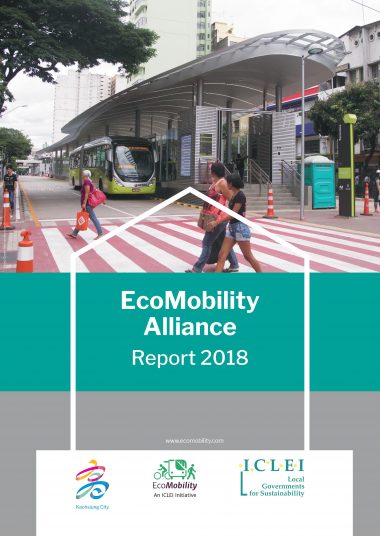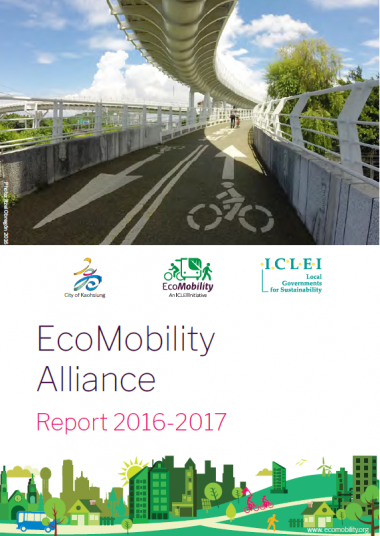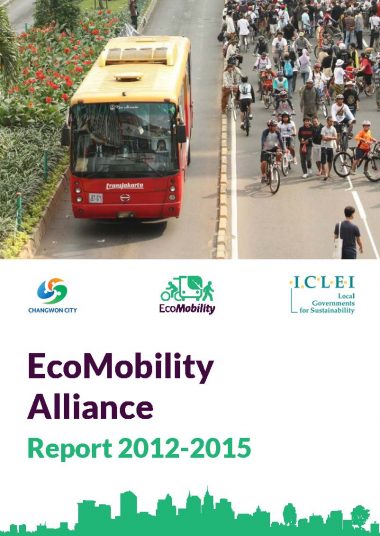Buenos Aires, the metropolitan capital of Argentina, won the prestigious Sustainable Transportation Award 2014 for giving the Avenida 9 de Julio, the widest avenue in the world, a massive makeover. The city replaced more than 20 lanes of car traffic with bus-only lanes for a high-quality BRT system with 17 stations, accommodating 11 bus lines for 200,000 passengers each day. Concurrent with reducing car lanes, the city also enhanced the experience of a pedestrian or cyclist by creating comfortable and continuous walking paths and public space. Furthermore, it expanded the cycling network to 221km and is doubling the ecobici bike-sharing system to 4,000 bicycles and 400 stations.
Buenos Aires walks
Buenos Aires announced the “Buenos Aires Camina Plan” in October 2018, which is the city’s first walkability plan that seeks to incorporate more public space designed for pedestrians. To consolidate all the efforts that Buenos Aires have been doing in the realm of mobility and public transportation, the city intended to integrate all initiatives under the umbrella of a basic walking strategy. This is because walking is an expression of social integration, freedom and autonomy that brings economic, environmental, individual and public health benefits. There are three fundamental goals in this plan, with the aim of decentralizing walking from the most to the least populated area. They are to:
- Improve walkability and the walking conditions of pedestrians by installing connected walking routes and paths in neighborhoods that are lacking in walking infrastructure;
- Develop guidelines for a people-oriented city;
- Design and implement three pedestrian corridors on the north and south of the city that connects green spaces, public buildings, and transshipment centers.
In large metropolises, public green spaces and parks are often spread sporadically in between buildings, busy streets and shopping centers. To improve the connectivity between green areas and the city, Buenos Aires aims to expand the physical limits of the green spaces and public parks of the city and also incorporate the surrounding streets to enhance the experience of pedestrians. All walking efforts are also supported by the Road Safety Pan to reduce road accident fatalities by 30 percent by 2019.
Mainstreaming gender equality in transport planning
Women encounter more challenges in mobility, and they have different travel patterns from men. Various studies conducted in Buenos Aires showed that women tend to use public transport more than men but feel more insecure **. In response, the city drafted the first Gender and Mobility Plan with the primary aim to mainstream the gender perspective within the design and implementation of the city’s transport and public space policies. It details four central axes of actions from different angles:
- Security in public transport and public space
- The inclusion of women workforce in the transportation sector
- Data collection and analysis disaggregated by gender
- Awareness creation and cultural change
The city hopes that women’s perspectives will be incorporated in every transport project in coordination with the Secretariat of Transport.
Making mobility fun for families
The city organizes Sustainable Mobility Week every year to encourage cycling and teaches road safety while using a bicycle, particularly for children. Various events including music events and bike tours for families are organized, impacting 1 million people and the way they think about mobility. In 2012, the city organized PARK(ing) Day by transforming metered parking spaces into temporary public areas for people to exercise and socialize.



